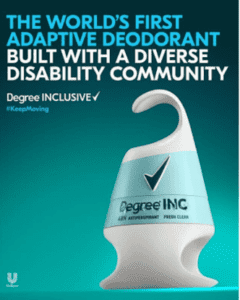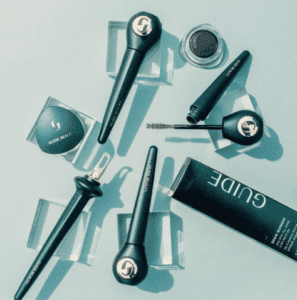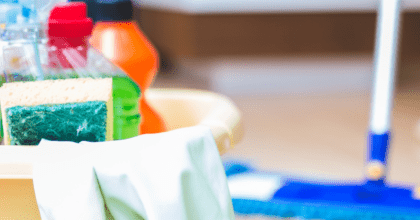2020 saw a noticeable shift away from societal norms, with the conversation around breaking down gendered and racial barriers becoming more mainstream. This is being driven by younger generations who are more diverse and open to expressing themselves and their race, ethnicity, gender and sexuality. In the US, demographers are predicting that by 2045, there will no longer be a racial majority.
Mintel Trend, ‘Serving the Underserved’ argues that consumers who have been underrepresented in the past, because of race, religion or physical disability, are getting a greater voice. While diversity and inclusion have become more prominent themes in other sectors like BPC, the household category has struggled to keep pace with shifting demographics and lacks a strong inclusive-focus when it comes to marketing and innovation.
The pandemic has grown consumer engagement in the household space, but with higher engagement comes more attention and expectations. As these demographic trends continue, meeting the needs of aging adults and a diverse population in terms of product development and representation will be essential for survival.
Be authentic and active in the equality conversation
Marketing strategies in the household category have drawn on gender images for decades. As conventional ideas of male and female roles in society and ‘typical’ family structure evolve, so should their portrayal in consumer products. Brands will be prompted to rethink their positioning and align their offerings with more inclusive and neutral messaging as consumers look for the brands they buy to align with their values.
Some household brands are taking more ethical approaches to campaigns by actively promoting equality. Tide was one of the first to feature a same-sex couple in a Canadian ad in 2014. In 2019, Method partnered with LGBT Foundation to increase understanding of the LGBT+ community while Clorox Scentiva tapped actor and activist Billy Porter for its spring 2021 campaign.

Actions speak louder than words
Representation of people with physical limitations or disabilities in advertising remains low in household, suggesting another area to build a diversity stance. However, look beyond advertising and to the product level to build stronger and more consistent messaging that proves authenticity.
While most products on the market can be used by consumers of all ages, household brands can do more to improve age inclusivity through NPD. There are opportunities to learn from the growing number of brands that are designing products that are easier to use for those that have dexterity issues.
In the US, 54 million people have arthritis and likely have difficultly using and dispensing household products. Household brands should keep individuals with disabilities in mind when developing products.
Packaging will drive functional inclusivity
Focus on ensuring that products or services can be used comfortably by anyone that may want to do so.
Personal care
In the US in 2021, Unilever launched the Degree Inclusive deodorant prototype designed for people with visual impairment and upper limb disabilities.
Beauty
Guide Beauty was created for adults with Parkinson’s Disease. Each product is designed to make makeup application as easy as possible through ergonomic design.
Household
The Laundress liquid detergent gallon includes a pump for easier measuring and dispensing.
Work towards economic inclusivity
2020 was a year that was socially divisive as well as economically destructive; however, the financial strain was felt much more acutely among lower-income and multicultural households.
As the Mintel ‘Rights’ Trend Driver demonstrates through the ‘Respect’ and ‘Empowerment’ Pillars, consumers expect brands to match their desire to create a fairer society. Action will be required to ensure products and opportunities are equally accessible, without discriminating or marginalizing consumers.
While green household products are becoming more affordable, there is still a price premium relative to mainstream products. Increasing accessibility to the green market, regardless of income, will be critical to moving sustainability forward and creating a more inclusive market. Stripping down packaging, marketing and other costs that are not directly related to product performance can help lower price barriers.





















![[WATCH] 2 household care brand innovations tapping into the upcycling ingredient trend](https://www.mintel.com/app/uploads/2022/10/SocialMedia_EMEA_Upycling-Ingredient-Trends_Blog_1000x305-1.jpg)




















